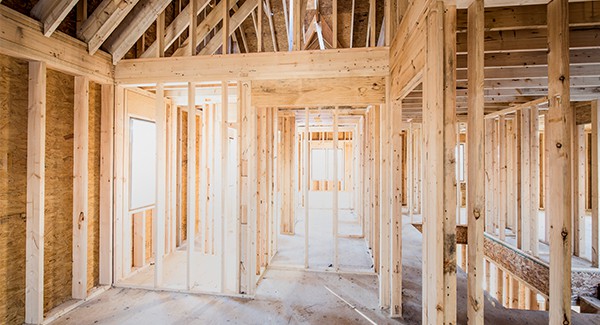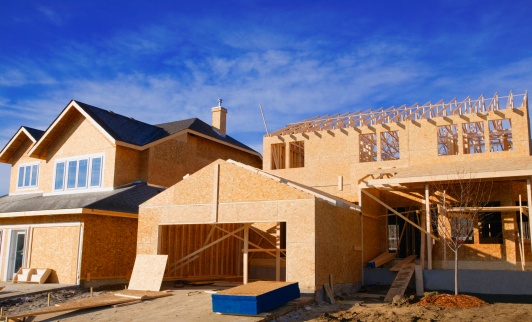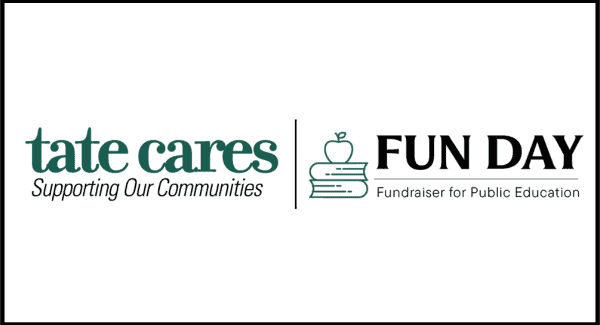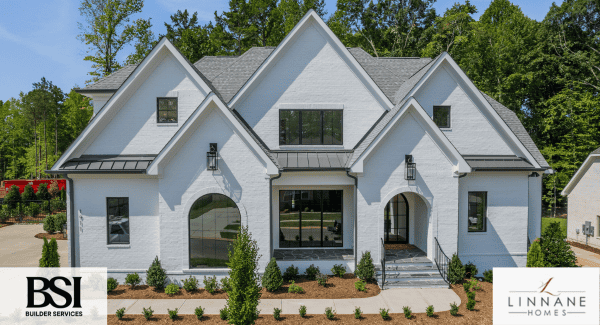
Last Updated on August 30, 2022
 As we take a look at how new construction fared for 2014, I’d have to say we did “okay.” I can’t be exuberant, but then again, I’m not disappointed either. It was not a year of big increases like 2013, but rather, small gains and notable trends.
As we take a look at how new construction fared for 2014, I’d have to say we did “okay.” I can’t be exuberant, but then again, I’m not disappointed either. It was not a year of big increases like 2013, but rather, small gains and notable trends.
Residential building permit data for the Carolinas is compiled by The Market Edge, a specialized information reporting service. Data is obtained directly from code enforcement offices in each county, then analyzed and provided to subscribers who provide goods and services to the residential and commercial construction industry.
In the Carolinas, we monitor building permit data for four regions: The Charlotte, Triad, and Triangle regions of North Carolina and the Upstate of South Carolina. In 2014, Charlotte had 10,048 new permits; Triangle, 9,024; Upstate, 4,615; and Triad, 3,166.
But while Charlotte had the largest number of units in 2014, it was not the winner in terms of the largest year-over-year increase. Charlotte saw just a 1.8 percent increase after an impressive 25.3 percent increase from 2012 to 2013.
The Upstate took top honors in the percentage category, with a 10.5 percent year-over-year gain, on the heels of a 19.7 percent gain from 2012 to 2013. The Triad came in a close second, with a 9.7 percent year-over-year gain, after a 26.4 percent increase from 2012 to 2013.
While the Triangle posted a respectable number of units in 2014, it actually lost momentum with a 6.2 percent decrease, following a two-year period with 32 percent increases each year.
A factor that influenced new construction starts in 2014 was the shortage of finished lots available to build on in both Charlotte and Raleigh. In the Triad and Upstate, lots were more available, resulting in increases around 10 percent in each market, but less than the previous year.
Across the real estate spectrum throughout the Carolinas, we are expecting 2015 to once again mark substantial gains in activity, including new construction. Rising rents will continue to send renters back to the new home market. Less stringent lending guidelines will also put more buyers in the market. Move-up buyers and empty nesters looking to downsize are also anxiously awaiting the availability of new construction.
These factors, combined with housing affordability and strong economic development throughout these regions, should make for a great ride for new construction as we move full-speed ahead in 2015. Buckle up!




